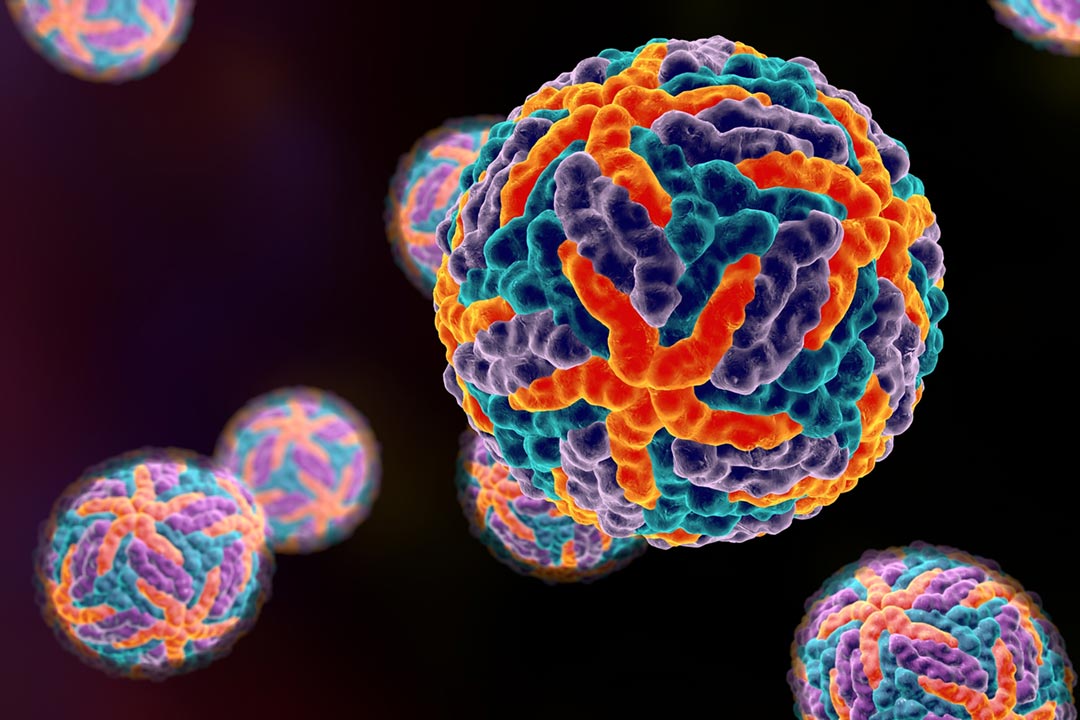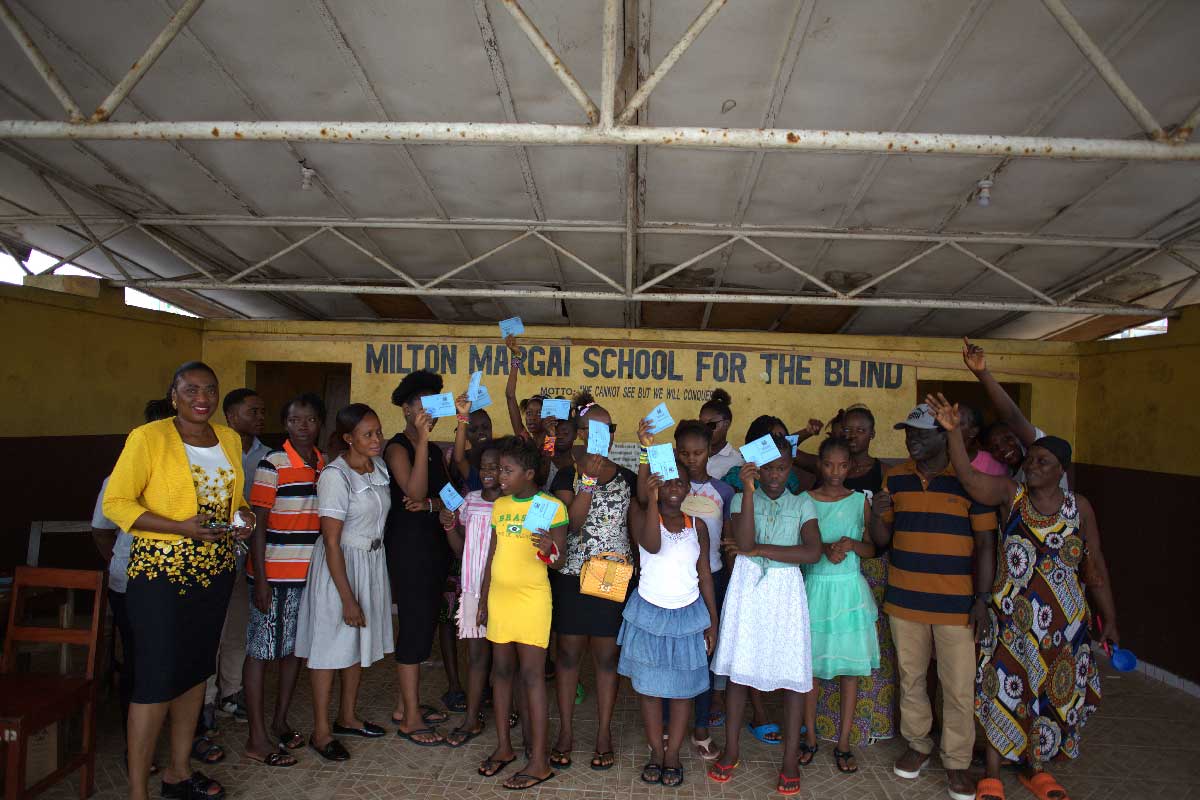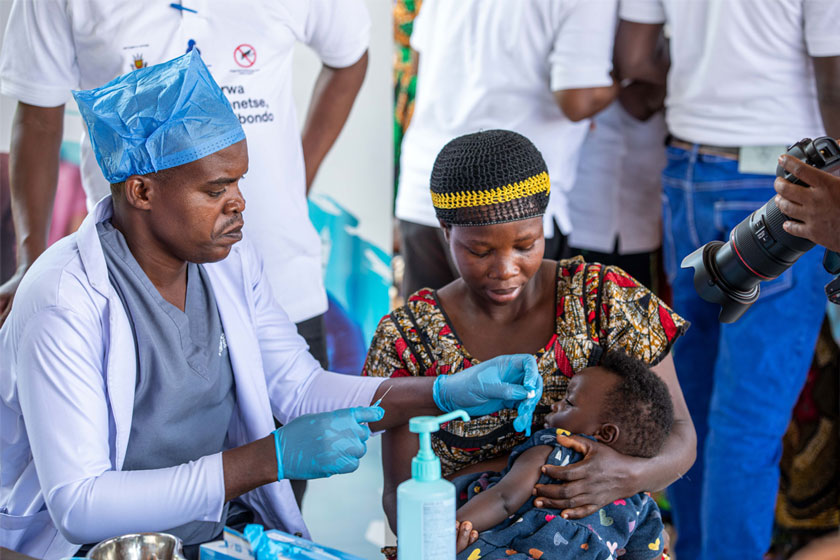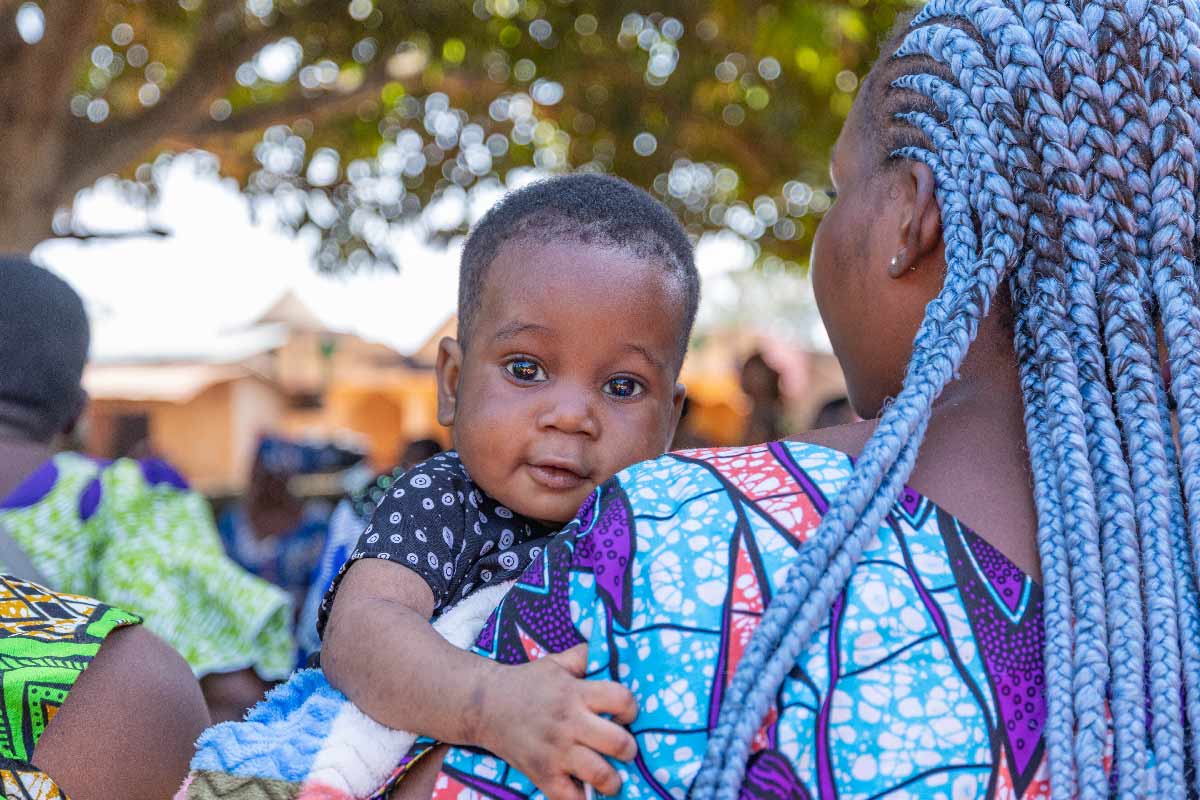Vaccine profiles: Dengue
Half the world’s population is at risk of dengue, a viral mosquito-borne disease that was once confined to the tropics. Since controlling the mosquito is challenging, a vaccine is urgently needed.
- 23 October 2023
- 4 min read
- by Gavi Staff

Factfile: Dengue
- Type: Virus
- Symptoms: Up to 80% of cases are asymptomatic, but the main symptoms are a high fever, headache, body aches, nausea and rash. In severe dengue, people may vomit blood, bleed from the gums, or have extreme stomach ache.
- Mortality rate: As high as 13% in untreated patients
- Annual cases: An estimated 400 million, but likely to be even higher
- Annual deaths: 21,000
- Geographical range: Mostly Asia, but the virus is spreading worldwide
About 5,000 years ago, the Aedes Aegypti mosquito that spreads dengue, yellow fever, chikungunya and Zika lived in forests and fed on animals rather than people. Fast forward to today, and the mosquito is causing hundreds of millions of infections.
Several events in succession happened to lead to this dramatic world domination. First, a sub-population of the mosquito evolved to bite people rather than animals. Next came globalisation as a catalyst for its spread.
The disease is spreading beyond the tropics. Climate change has now expanded the habitat of A Aegypti, as it has with many other disease-carrying insects, meaning that one in two of us are now at risk of dengue fever.
While dengue fever is an ancient disease, and it was recorded as early as the year 992 in a Chinese medical encyclopedia, colonialism and the transatlantic slave trade ensured that A Aegypti mosquitoes escaped West Africa as stow-aways on slave ships to the Americas. Once entrenched in the Americas, World War II then took the mosquito, and the viruses it carried, to Asia.
Unprecedented urban growth in Asia meant that people were living closer together than ever, allowing the mosquito to thrive. Urban slums characterised by inadequate water, sanitation and hygiene infrastructure as well as poor sewer systems and waste management create the ideal conditions for mosquitoes to thrive.
Several Asian countries, including India, Indonesia, Myanmar, Sri Lanka and Thailand, are among the most highly endemic countries in the world. And the disease is spreading beyond the tropics. Climate change has now expanded the habitat of A Aegypti, as it has with many other disease-carrying insects, meaning that one in two of us are now at risk of dengue fever.
Have you read?
Europe and the US are seeing cases growing every year. WHO's chief scientist, Jeremy Farrar, has warned that dengue fever is likely to "take off" in the southern US, southern Europe and new parts of Africa this decade, as a warming planet is creating conditions for A Aegypti to spread.
Explosive outbreaks
Dengue is a viral infection that causes a severe flu-like illness and can be lethal if people develop dengue haemorrhagic fever. The main symptoms are a high fever, headache, body aches, nausea and rash. People can also have severe muscle spasms, which is why dengue used to be called "breakbone fever".
The incidence of dengue has increased 30-fold over the last 50 years, according to the World Health Organization (WHO). Cases reported to WHO increased from 500,000 in 2000 to 5.2 million in 2019, with about 40,000 deaths. There have been explosive outbreaks in Africa, Asia and the Americas, in recent years.
There is no specific treatment for dengue, though early medical care can limit severe disease and fatalities, and while vector control is critical, it is challenging. An effective vaccine is likely to be the best way to curb transmission.
Vaccine pipeline
While vaccine development is now progressing well with several candidates in the pipeline, rollout of a dengue vaccine had a setback in 2017 when the only available vaccine – Dengvaxia – was associated with increased risk of hospitalisations and severe disease in people who had been vaccinated but never infected with dengue previously.
This happened because it is the second infection of dengue that is usually associated with much higher risk of severe disease; in a person who has never been infected with dengue virus, vaccination with Dengvaxia may act as a first infection as it causes an immune response. This means that when the vaccinated person is exposed to the virus, the immune system responds as if that infection were the "second" infection.
Nevertheless, the vaccine does provide increased protection for seropositive individuals and has the potential to confer a public health benefit in high seroprevalence settings. New SAGE recommendations in 2018 required Dengvaxia pre-vaccination screening to target only those with evidence of a past infection.
Two new vaccines, TAK-003 and TV003/TV005 – both tetravalent live-attenuated vaccines – have now completed Phase III results, showing good efficacy and safety. TAK-003 is already licensed by the European Medicines Agency (EMA) and other countries, and Indonesia is set to make it available to the general population. It could get WHO prequalification approval by February 2024, which would allow for global roll-out.
SAGE recommended that TAK-003 vaccine be given in children aged 6 – 16 years, in settings with high dengue disease burden and high transmission intensity. Within this age range, the recommendations says, the vaccine should be introduced about 1-2 years before the age at which most dengue hospitalisations happen. With TV003, WHO prequalification is expected to be completed by November 2024. Crucially, both of these vaccines protect against all four serotypes of Dengue (where Dengvaxia only protected against some serotypes).
More from Gavi Staff
Recommended for you









